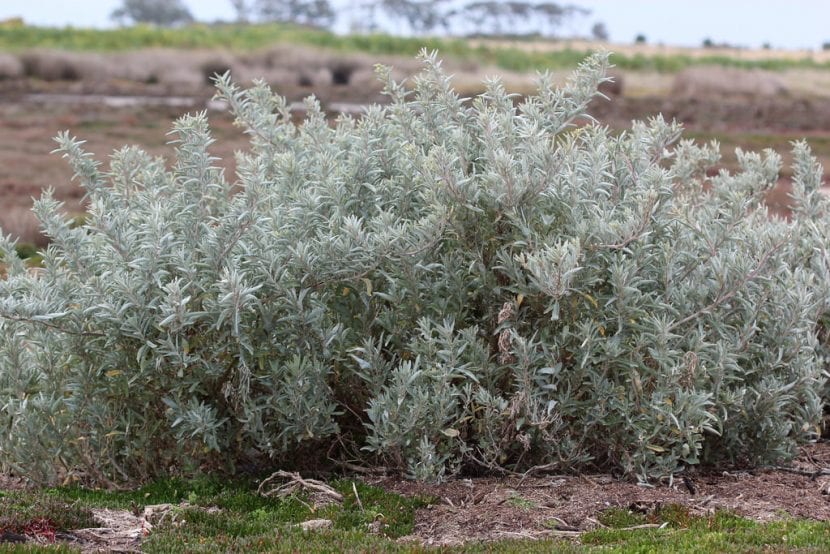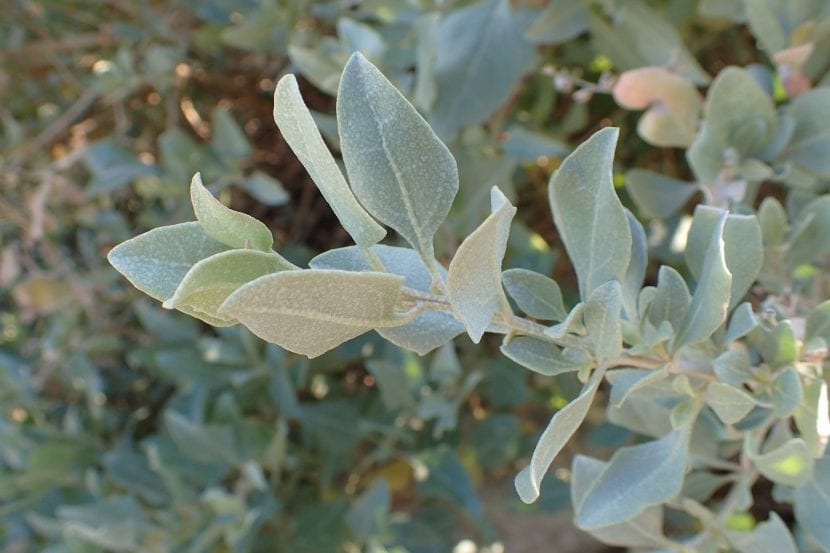
Atriplex confertifolia
Image - Wikimedia / Matt Lavin
Plants of the genus atriplex They are highly variable: between 100 and 200 species of herbs and shrubs have been described, which are very tolerant to salt, so much so that they are often used a lot to reforest places such as deserts or coastal areas.
Of course, they are also a great option to have in the gardens or in pots, since they are very easy to maintain. Know them.
Origin and characteristics

Atriplex cinerea
Image - Flickr / Arthur Chapman
As we said, they are herbs or shrubs, with glabrous or often whitish leaves and stems. The foliage is flat, opposite or alternate. The flowers are grouped in panicular inflorescences or in axillary or terminal racemes. Normally, they are monoecious, that is, there are female feet and male feet, but some species are dioecious (with the male and female organs on the same plant).
Its height is also variable, depending on the species and the conditions of its habitat. But so you know this better We are going to tell you which are the most popular:
- atriplex halimus: it is an evergreen shrub native to Europe that reaches a height of 2 to 3 meters.
- Atriplex hortensis: known as armuelle or bledos molles, it is an annual plant native to western Asia that reaches a height of 2 meters.
- Atriplex glauca: it is a perennial herb native to the Mediterranean region that reaches a height of up to 50 centimeters.
- Atriplex prostrata: it is an annual herb native to Europe, North Africa, Southwest Asia and North America that reaches a height of up to 120 centimeters.
What are their cares?

atriplex halimus
Image - Wikimedia / Krzysztof Ziarnek, Kenraiz
If you want to have a copy, we recommend that you provide it with the following care:
- Location: outside, in full sun.
- Earth:
- Garden: prefers saline soils, but can grow in almost any type of soil.
- Pot: universal growing substrate.
- Irrigation: about 2 or maximum 3 times a week in summer, and every 5 or 6 days the rest.
- Subscriber: in spring and summer you can pay it with ecological fertilizers.
- Multiplication: by seeds in spring.
- Rusticity: depends on the species. Shrubs cope well with freezing temperatures, but grasses are more delicate. In case of doubt, contact us.
What did you think of the Atriplex?